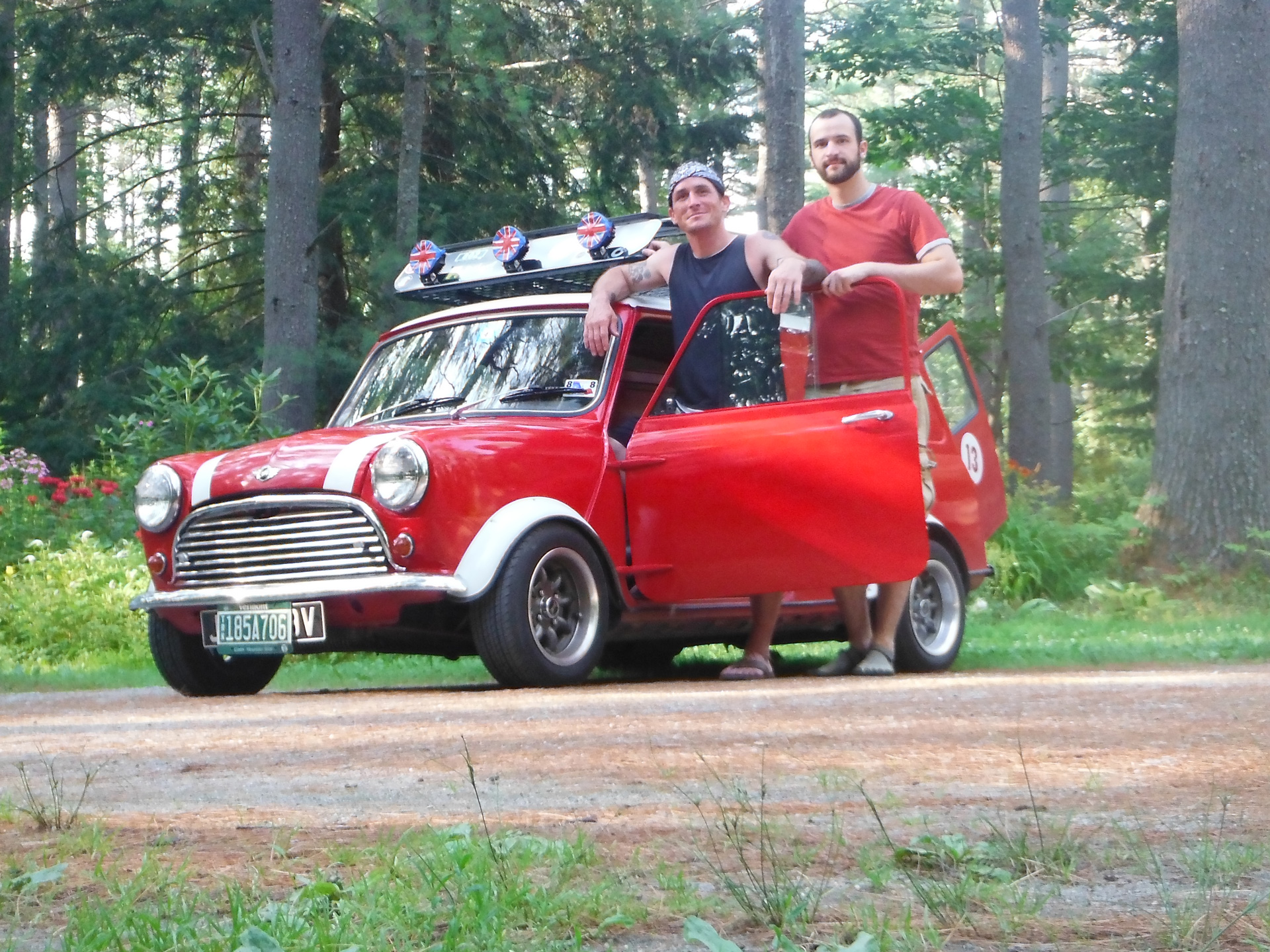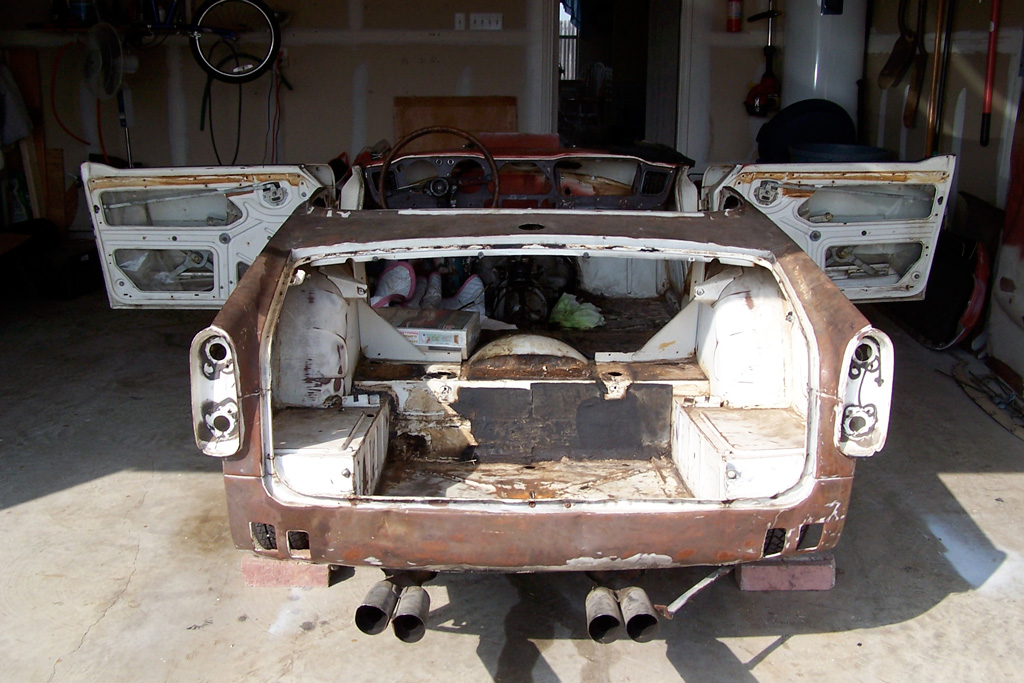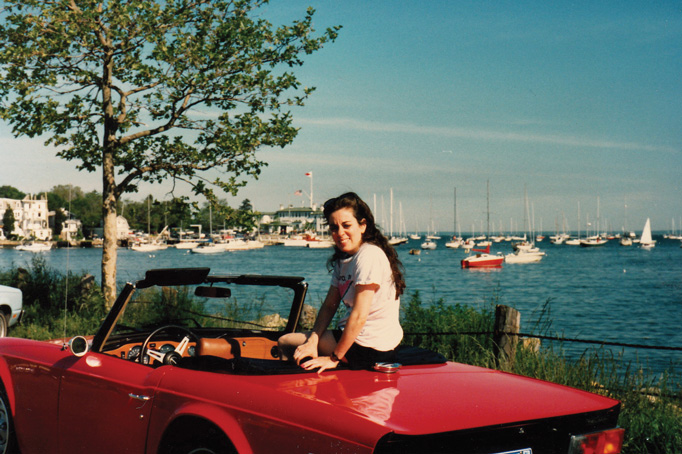Protect Yourself When Welding, Cutting and Grinding
Fact: Humans by nature will sidestep that which is awkward or difficult in favor of the easy way. If you can’t find your gloves or if you can’t pick up a small piece of hot metal with your heavy welding gloves on, you will probably try to do it without them. “I’ll just grab it quick…” It’s the same with eye protection. The person who thinks, “It’ll only take a second to grind this off…” goes without.
 The key to success is to take your time and think things out. A slow, deliberate approach will actually save time and get the job done quicker and more safely. If you don’t have time to do it right the first time, how the hell are you going to find the time to fix it?
The key to success is to take your time and think things out. A slow, deliberate approach will actually save time and get the job done quicker and more safely. If you don’t have time to do it right the first time, how the hell are you going to find the time to fix it?
Eye Protection
Face shield or goggles and nothing less! Safety glasses even with side shields do not cut it. Like it or not, when working on our LBCs a lot of what we do is from a contorted position, not straight on like on a workbench. Air sanders, cut-off saws, and die grinders operate at 20,000+ rpm. An air-powered wire brush WILL eventually throw off its bristles along with the rust and dirt you are trying to remove. These bristles are tough to remove from a leather glove with pliers…you see where I’m going with this? Bottom line, there are many high-speed projectiles heading straight for your eyeballs. Even the slower, by comparison, electric grinders can send out enough harmful debris to ruin your day.
Most metal chip removal from the eye is an ER procedure. It may be as simple as using tweezers or a magnet. If you get a chip on the cornea they may have to drill it out to prevent scar tissue from forming. None of this is pleasant and it is easily avoided. Worst case, they tell you there is nothing that can be done. Get used to using just one eye.
Your eyes are very sensitive to Ultraviolet, Infrared, as well as intense visible light. With torch cutting you need a Shade 5 lens (face shield or goggles). Inadequate shielding will result in the equivalent of ‘snow-blindness’ or worse. Shade 5 will also serve well for most light duty plasma work also.
Arc flash from even a momentary exposure to the welding arc can cause a painful (likened to sandpaper on the eyeball) sensation several hours after exposure. Prolonged exposure can cause retinal damage and rapid onset of cataracts. All this is preventable. Pick out a welding helmet with a shade 10 (for very light, low-amperage sheet metal work only) or preferably 11 (some folks cannot do well with a shade 11 but it is the best choice for most tasks). If you decide to go the auto-darkening helmet route (highly recommended), go for the best you can afford. Do your homework and then visit a welding supplier and try out different styles. Get one that is comfortable and user-friendly. There are helmets that offer not only variable shades but also torch cutting and grinding modes. I went way too many years without one. It’s worth every dollar.
Lung Protection
So many people put more effort into filtering the air that enters their engine than they do their own lungs. All of the operations we are discussing throw particles or harmful fumes in the air. The use of a disposable respirator is a no-brainer. Look for a N95 or N99 (best) rating. Again, make sure that it is comfortable and will fit inside your welding helmet. If it’s not rated, don’t use it. Take a look, really look, at your disposable respirator after a half hour of welding. Cutting and grinding will yield the same results. Working on the car is not the time to take breathing for granted.
Skin Protection
Torch work is the place where the welding gloves are essential. Welding requires a higher level of protection than what we have already discussed. The welding arc will burn exposed skin not unlike a really bad sunburn. Keep all skin covered, including buttoning up the shirt collar. A blistering burn at the base of the throat is no fun and not pretty. Splatter from the arc itself will burn through light cloth and melt synthetic fabric straight to your skin. The prolonged burning sensation you will not soon forget. Cotton, specially treated fabric or leather are the best choices for upper body protection. Wear long pants without rolled cuffs, and boots with the pant leg over the boot. Gloves that will give the needed dexterity as well as the necessary protection should complete the clothing ensemble. As I mentioned earlier, all protective clothing must be as comfortable and as non-restrictive as possible.
Finally for any safety equipment to be effective it must be used; it’s got to be right and fit right. This is an investment. Your personal safety is up to you and you alone. Spend a little time and create a system that works for you.
Oh, and one more thing: Don’t forget that all the disaster welding, cutting and grinding can do to your body parts will also rain down on anything else of value in the immediate area. Hot metal sparks and splatter from welding will permanently pit auto glass and destroy automotive finishes.
By Roger Clapp
Roger is a retired heavy equipment welder/mechanic and a dyed-in-the-wool British car owner and enthusiast since 1965.

I would strongly suggest to everyone that grinding or welding cease at least an hour before closing up the shop/garage for the day. Better yet, do your work outside if possible. I always keep a garden hose and a fire extinguisher handy, but a wayward spark nested in the wall, and three hours later, my garage went up in blazes. I lost four Spitfires and two Stags in the fire.
—Dennis Wunsch, British Car Club of Charleston







'Field Notes: Safety' has no comments
Be the first to comment this post!